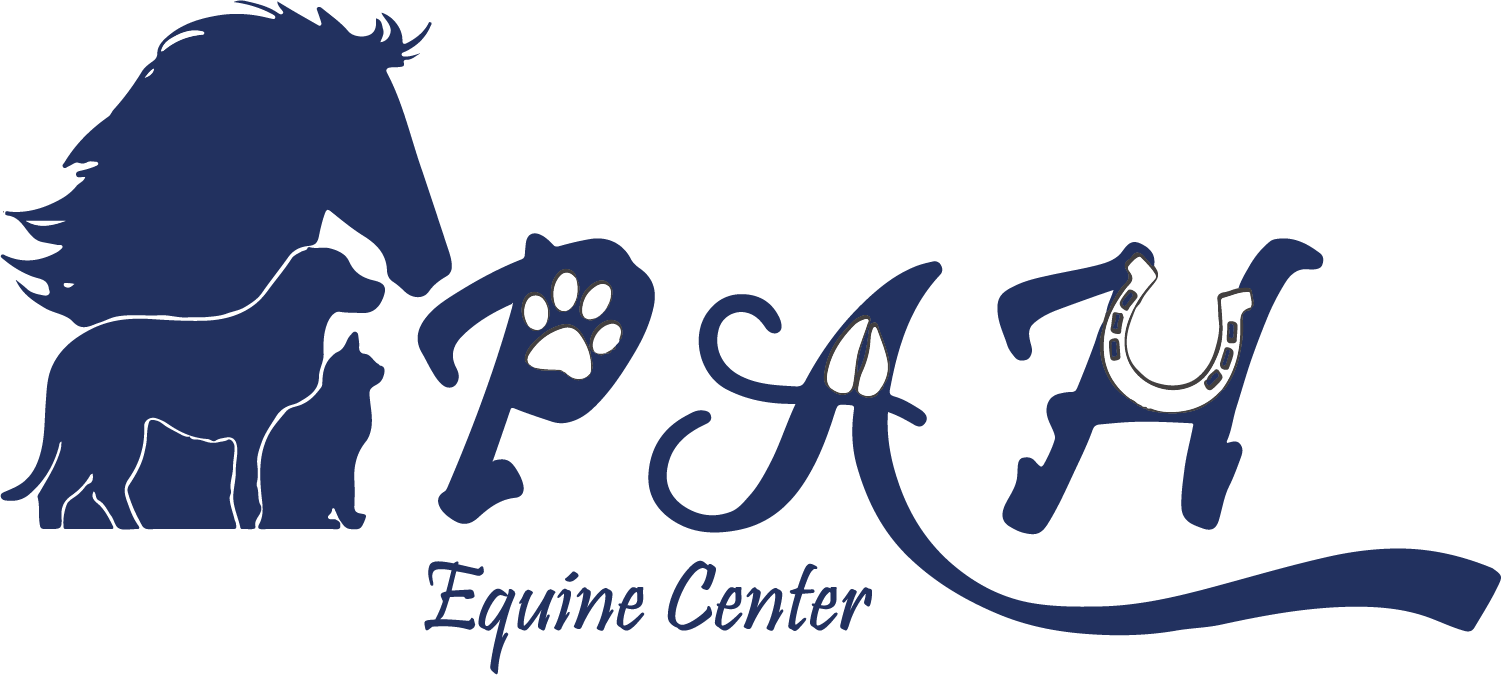Horses are prone to eye injuries due to the location of their eyes on their head. Trauma to the eye is a true equine emergency and should be evaluated by a veterinarian immediately. Some clinical signs of an ophthalmic emergency include:
- Squinting
- Tearing
- Swelling/reddening of the eyelids
- Head shaking/ear droop
- Color change of the cornea or deeper structures of the eye
Corneal ulcers
Lacerations (scratches) of the cornea occur due to external trauma. Common sources are airborne debris, plants/trees, fences, feeders, and other objects in the horses’ environment. Some corneal ulcers are so large and/or deep they are easily noted by the casual observer, but smaller ulcers require special stains and light sources. Untreated ulcers of any size can become infected with bacteria and fungus, leading to corneal perforation and iris prolapse (where the structures within the eye drain out). Removal of the affected eye is usually the only option at that point for the comfort of the horse. A timely diagnosis and treatment of a corneal ulcer is essential for the health of the eye. Simple corneal ulcers with treatment usually resolve in 5-7 days, whereas complicated ulcers can sometimes take weeks to months to heal.
Eyelid trauma
Trauma to the eyelids is usually proceeded by swelling of the eyelids, which can be severe. The eye should always be evaluated in the case of eyelid swelling due to the increased occurrence of corneal ulcers and other diseases of the eye. Eyelid lacerations should be evaluated and sutured if possible to preserve the structure and function of the eyelids.
Equine recurrent uveitis (moonblindness)
Equine recurrent uveitis (ERU) causes inflammation within the eye and is the leading cause of permanent blindness in horses. The cause is not well understood, but most ophthalmologists agree there is an autoimmune component, where the immune system attacks healthy structures in the eye. The genetic basis of ERU is well documented in the Appaloosa breed, but ERU can occur in any breed or age group. Treatment of ERU is centered around reducing the inflammation and getting the horse comfortable. ERU can be complicated by corneal ulcers due to self-trauma (rubbing/scratching at the eye). Because of this, use of specialized fly masks or eye cups are sometimes recommended to reduce the risk of corneal ulceration.
If you suspect an eye injury, contact your veterinarian immediately. Early intervention can preserve vision, which is the ultimate goal when dealing with an ophthalmic emergency.
What's Next
Call us or schedule an
appointment online.Meet with a doctor for
an initial exam.Put a plan together for
your pet.

